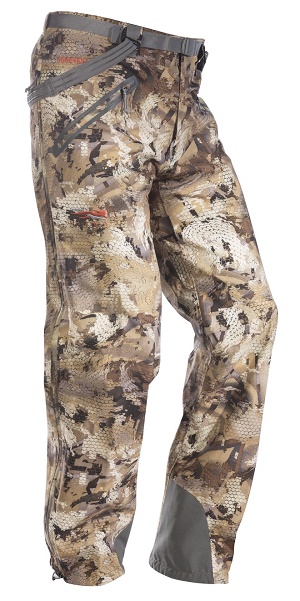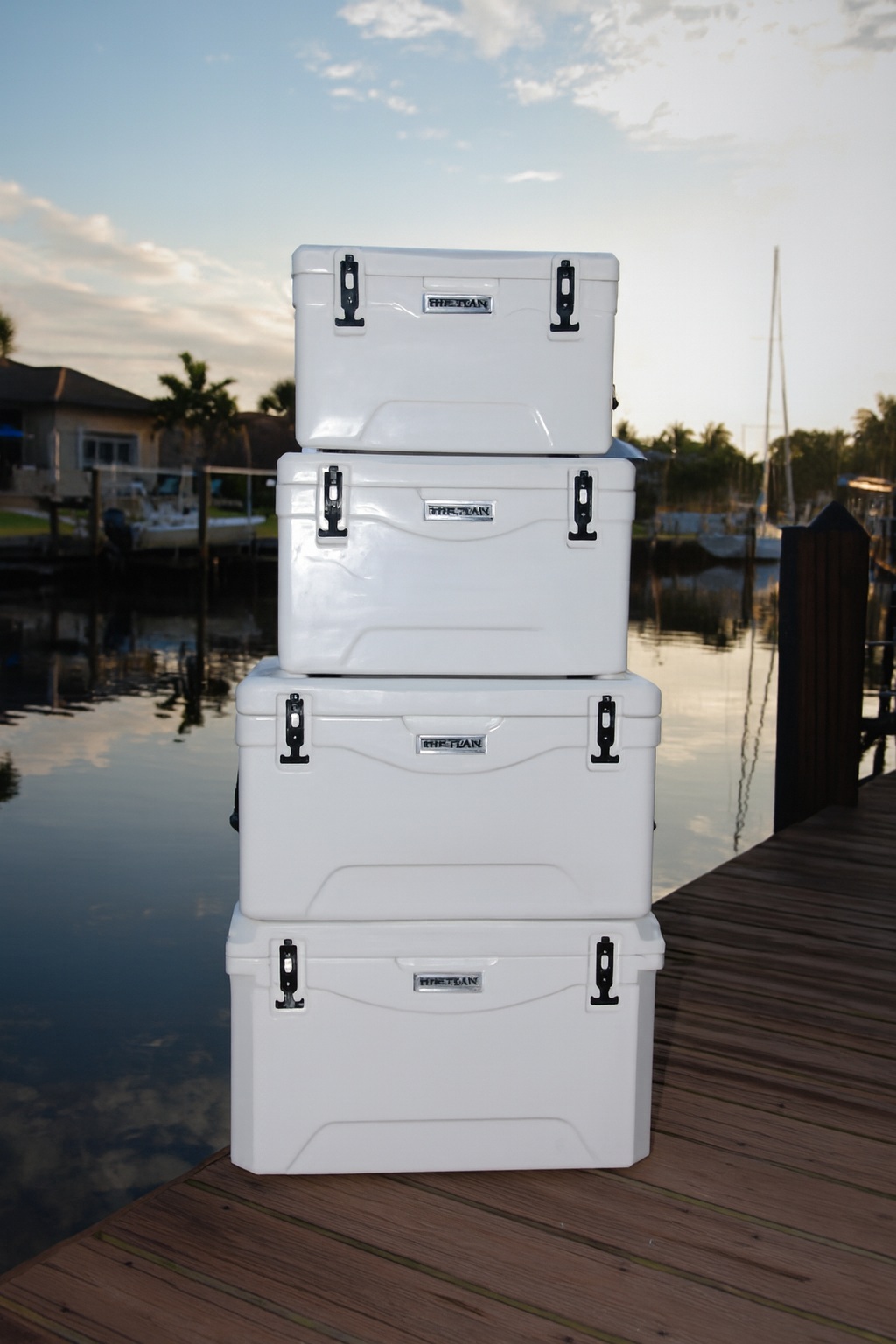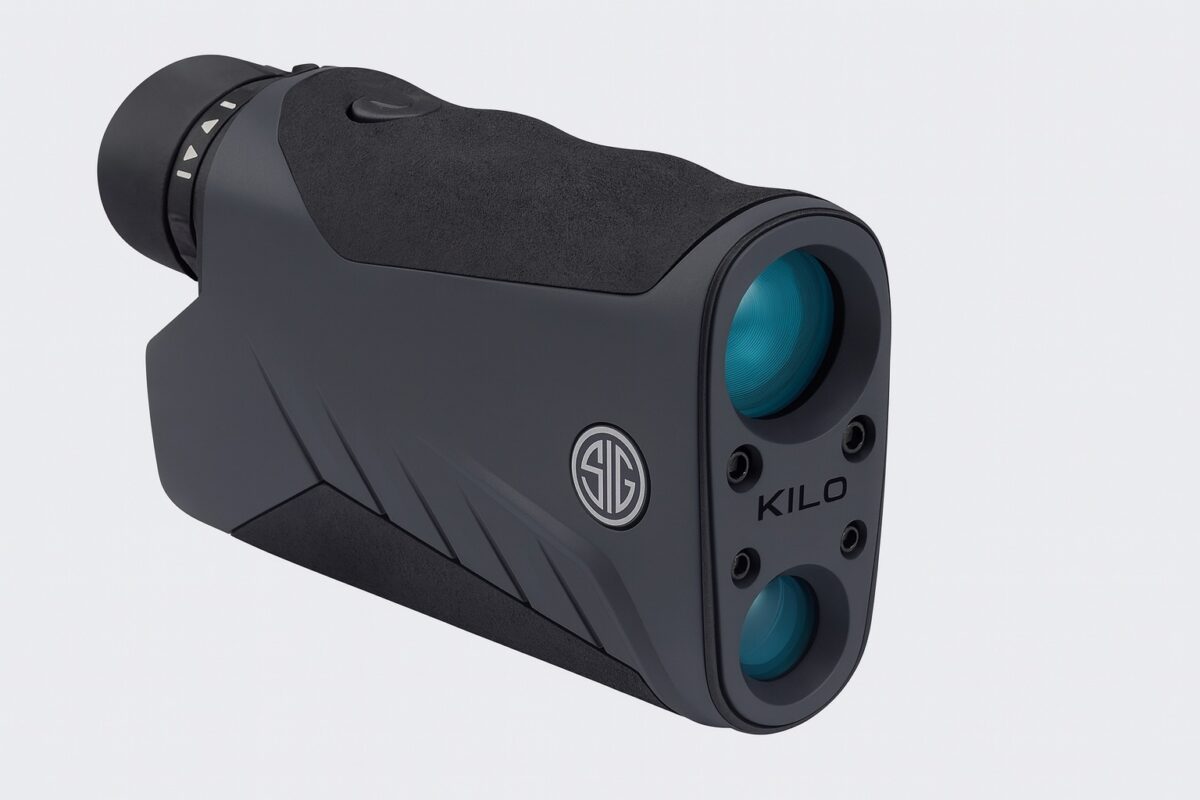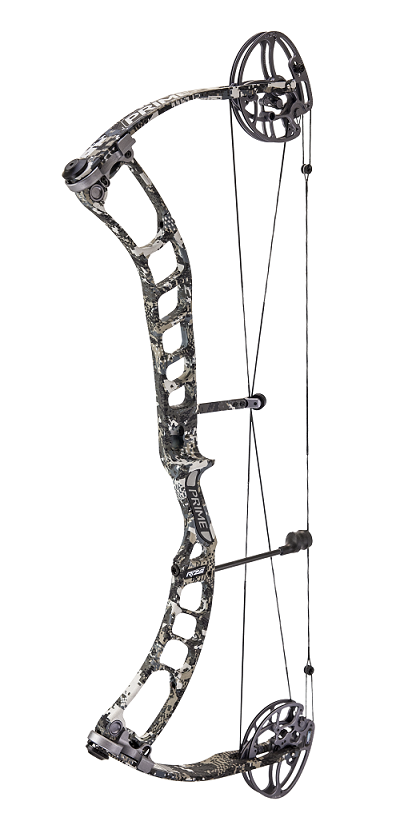Purpose and Function
Load-bearing backpacks have become essential tools for individuals who travel through remote landscapes while carrying heavy gear or game. These packs are designed to distribute weight efficiently, reducing strain on the body during long and demanding treks. Modern backpack construction emphasizes strength, balance, and endurance, supporting the user through extended movement over rough and varied terrain.
The engineering behind these systems draws on principles of ergonomics and biomechanics. Weight is transferred through the frame and harness to align with the body’s center of gravity, improving stability and control. This design approach minimizes fatigue while maintaining flexibility and comfort, especially when navigating slopes or dense vegetation.
Design Features and Construction
Advances in materials and design have reshaped how backpacks perform under demanding field conditions. Reinforced stitching, structured frame systems, and adjustable suspension components now define most high-capacity hunting and field packs. These elements help users adjust fit according to their height and load requirements, maintaining even pressure across the shoulders, hips, and back.
Lightweight synthetic fabrics provide durability without unnecessary bulk. Ventilation systems, padded support areas, and modular compartments improve airflow and accessibility, contributing to both comfort and organization. Many designs also include adjustable load shelves that stabilize heavy items and maintain balance throughout the hike or return journey.
Adaptation to Wilderness Conditions
Backpack design for wilderness use must address challenges such as steep elevation, unpredictable weather, and long-distance travel. Components like compression straps, weather-resistant coatings, and reinforced frame connections enhance reliability in changing conditions. Each design feature supports safety and mobility, ensuring the user can move efficiently while carrying substantial weight.
Extended field testing continues to influence improvements in backpack engineering. Feedback from users and outdoor professionals helps refine how materials respond to moisture, temperature, and impact. These insights contribute to long-term innovation and the continued development of reliable load-bearing systems.
Continuing Development
The evolution of hunting and field backpacks reflects a balance between human endurance and mechanical design. By combining lightweight materials with precise construction, modern load-bearing systems support effective, responsible travel through challenging environments. These advancements highlight how thoughtful engineering and practical field knowledge continue to shape the performance and safety of wilderness gear.






